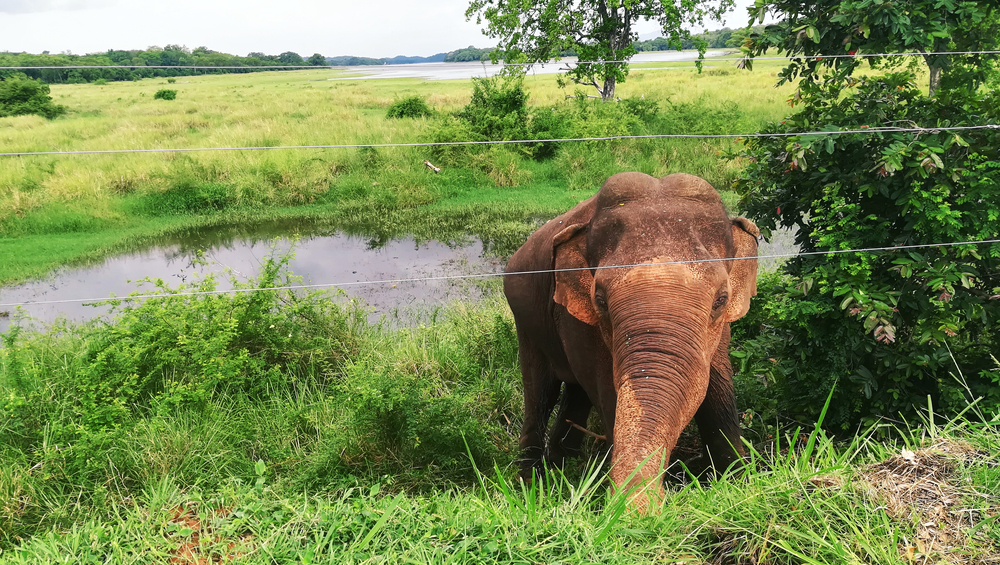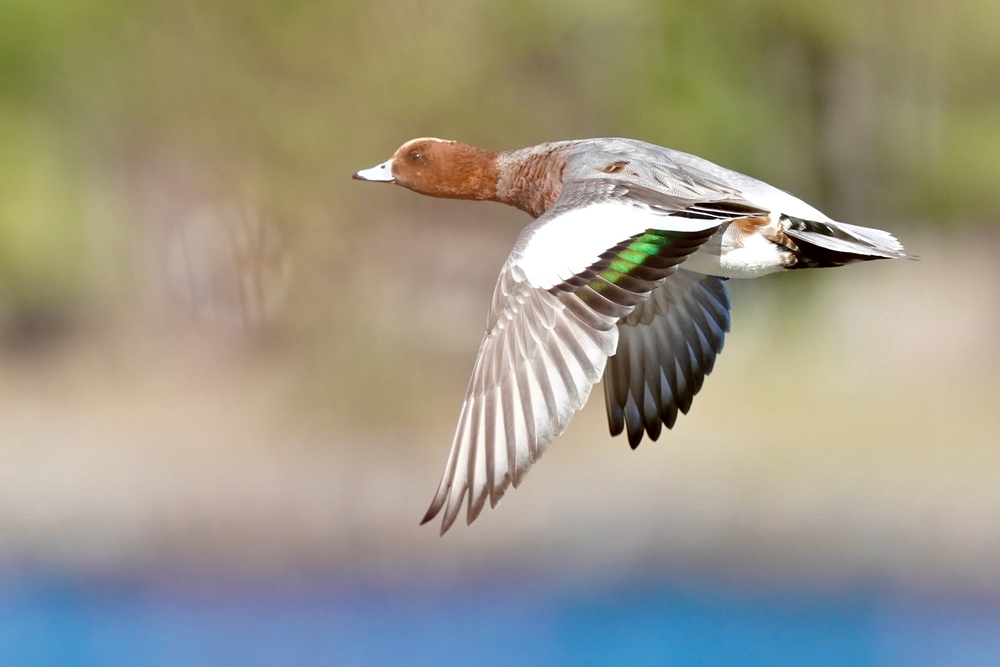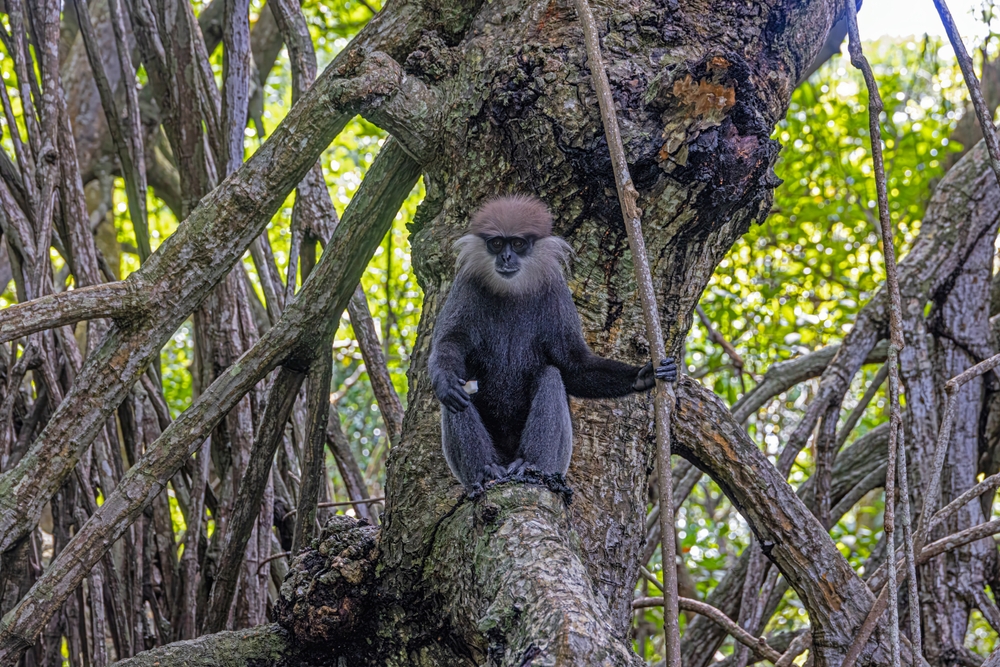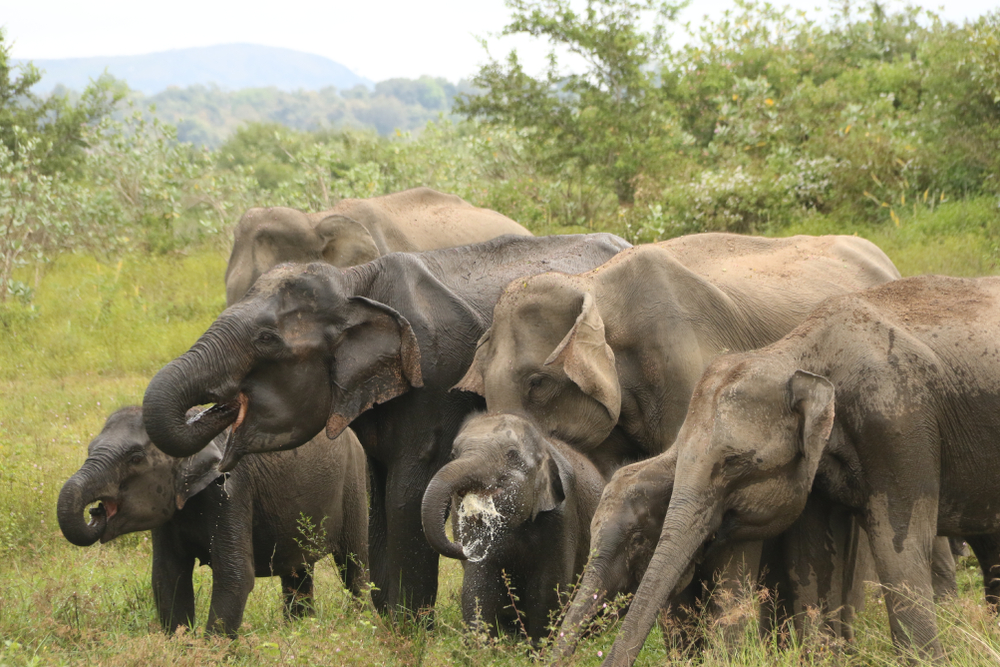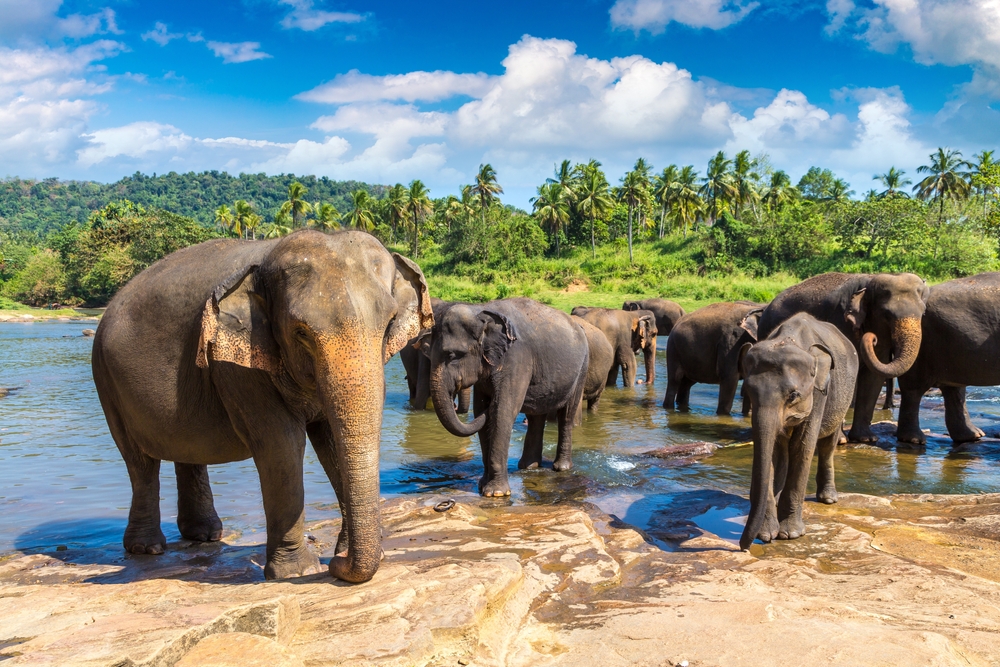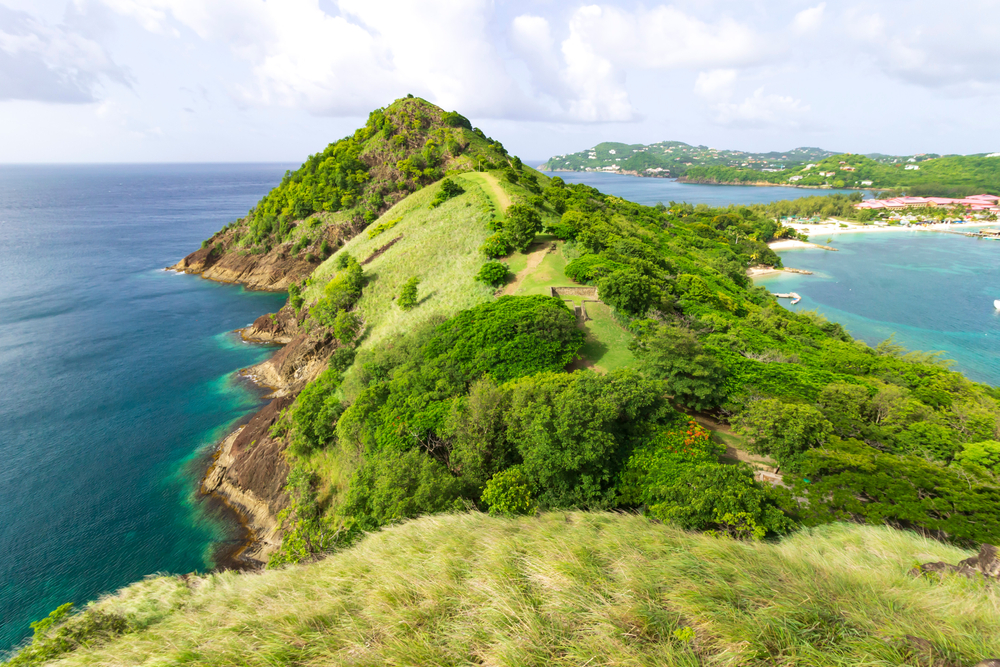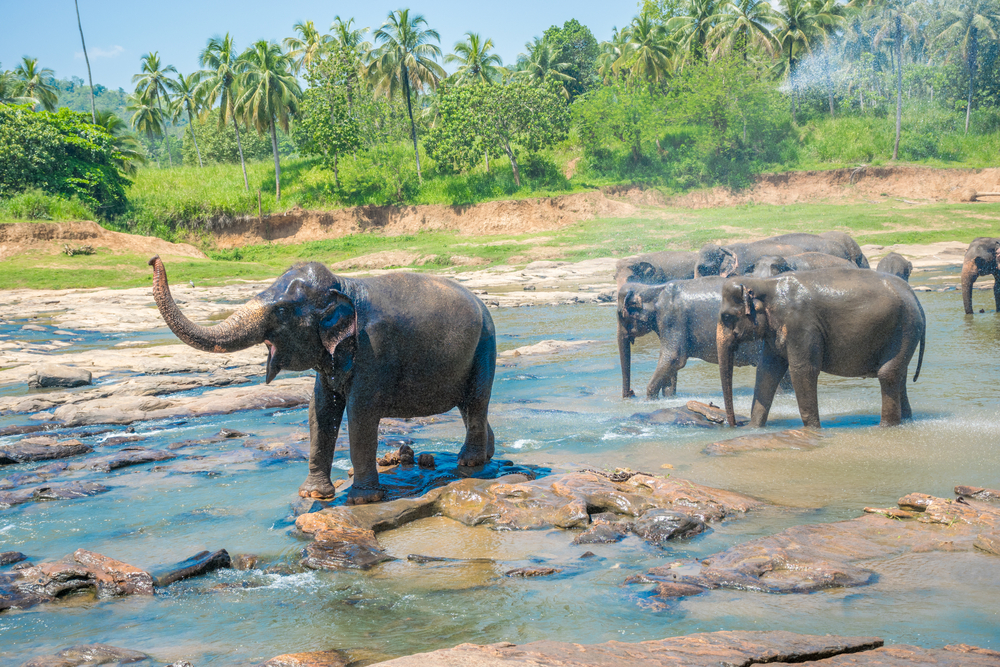Somawathiya Overview
Somawathiya National Park, locally known as සෝමාවතිය ජාතික උද්යානය (Somawathiya Jathika Udyanaya) in Sinhala, is a serene and ecologically rich protected area located in the North Central Province of Sri Lanka.
Spanning approximately 145 square miles (375 square kilometers), the park is named after the revered Somawathiya Chaitya, an ancient Buddhist stupa that adds historical and cultural significance to the area. Situated near the Mahaweli River, the park’s location is as sacred as it is picturesque, making it a unique blend of spiritual and natural wonders.
The park’s landscape is dominated by flat terrain, interspersed with lush wetlands, grasslands, and riverine forests. Its proximity to the Mahaweli River and the seasonal flooding it experiences have created a fertile environment rich in biodiversity.
The vegetation in Somawathiya National Park includes tall emergent trees such as kumbuk (Terminalia arjuna) and palu (Manilkara hexandra), which provide vital habitats for many species. Additionally, extensive grasslands and marshy areas support diverse plant life, making it a haven for flora enthusiasts.
Somawathiya is home to a stunning array of wildlife, including iconic mammals such as the Sri Lankan elephant and sambar deer. Visitors may also encounter the elusive Sri Lankan leopard, known to roam the park’s dense forests. Among the smaller mammals are the toque macaque and the purple-faced langur, both endemic to Sri Lanka.
The park is a paradise for birdwatchers, boasting species like the painted stork, grey heron, and black-headed ibis, which thrive in the wetlands, while raptors such as the white-bellied sea eagle patrol the skies. Reptile enthusiasts might spot mugger crocodiles basking along the riverbanks and various snake species hidden in the underbrush.
A highlight of Somawathiya National Park is the Somawathiya Chaitya, a sacred Buddhist site that attracts pilgrims from across the country. The park also features numerous lagoons and waterholes, which become vibrant hubs of activity during the dry season as animals congregate to drink. Safari drives along designated routes are the primary way to explore the park, offering visitors an intimate glimpse of its wildlife and landscapes. Birdwatchers and photographers find endless opportunities to capture the vibrant biodiversity, especially during the early morning and late afternoon hours.
Conservation efforts in Somawathiya have seen significant progress, despite challenges such as human-wildlife conflict and illegal encroachments. The park plays a critical role in protecting the floodplains of the Mahaweli River, which are vital for biodiversity and the livelihoods of nearby communities. Management strategies include habitat restoration and awareness programs to reduce human impact. Successes include the steady growth of the elephant population and enhanced water management practices that benefit both wildlife and local farmers.








































































